Arnott’s Free For All
Engineering and design student Charles Hall is often wrongly credited with inventing the first waterbed in 1968. While Hall appears to have developed his version independently, the waterbed’s original invention, along with several derivative products, long predated his product.
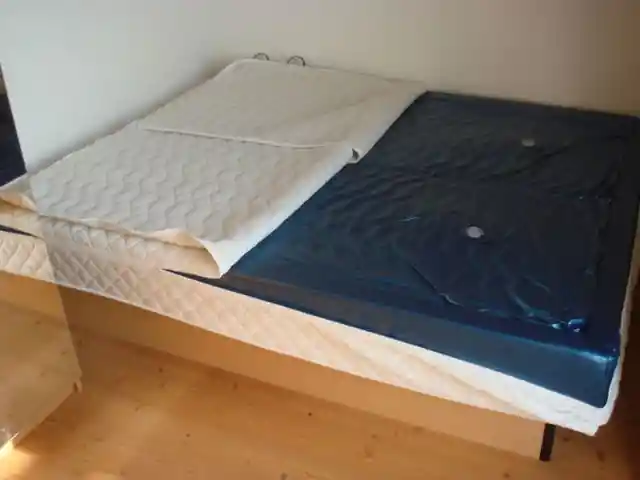
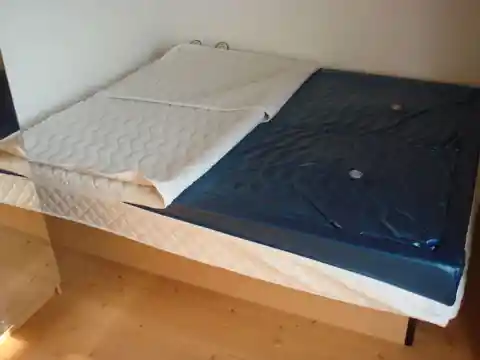
That credit goes to Scottish physician, philosopher, author, and inventor Dr. Neil Arnott (1788–1874). Arnott invented a smokeless stove grate, a ventilator, and the first waterbed. His last invention, conceived long after his retirement as a physician, was the adaptation of the waterbed into a water-filled chair for seasickness prevention.
The London Medical and Surgical Journal (1832, vol. 2, no. 32, pp. 165–168) published “Dr. Arnott’s Hydrostatic Bed for Invalids.” This was an extract from the fifth edition of Dr. Arnott’s Elements of Physics, which hadn’t yet been published. In the extract, Dr. Arnott outlined the benefits of his hydrostatic waterbed over other means.
Specifically, he focused on a case where a woman gave birth prematurely and her child died. The woman suffered great depression, along with physical ailments, and remained confined to her bed. Staying in one position for an extended period of time caused painful bedsores and abscesses that endangered the young woman’s life.
Arnott expounded upon how attempts at trying to find her comfort during the dressing of the wounds and the healing process had failed. Her family had tried propping up the affected areas with pillows of down and air. But the pressure exacerbated the problems, causing necrosis, the deadening of flesh.
Dr. Arnott solved the problem by creating a waterbed out of a metal trough covered by a sealed sheet of India rubber cloth over which a mattress and bed covers were arranged. This waterbed invention provided the patient instant relief with rapid healing and recovery. Arnott explained the success was due to the water acting in the same manner as air, a uniformly diffused pressure nearly imperceptible by the patient.
Arnott concluded that while he employed tradesmen to make more of his waterbeds for medical use, he gave “free permission to all” to follow suit. This is consistent with his other inventions, where he declined trademarks to allow them to be manufactured widely by anyone who “wished to alleviate human suffering.”
Arnott’s waterbed and water-chair inventions inspired derivative products. For example, Mr. Hooper’s water cushions of various shapes, as well as intermediate and full-length sized water mattresses for medical and consumer use were listed in the Association Medical Journal (1855, no. 132). Also, Health: A Weekly Journal of Domestic and Sanitary Science (1884, no. 23) mentioned the Universal Tubular Water and Air Bed, an invention of the Pocock brothers. The Health journal described the invention as a “series of separate cylinders, capable of being arranged in any position to meet every requirement, and of being inflated with air or water…or, by altering the cylinders, a combination of both.”
Nothing New Under The Sun, Plus Group Pleasure Gatherings
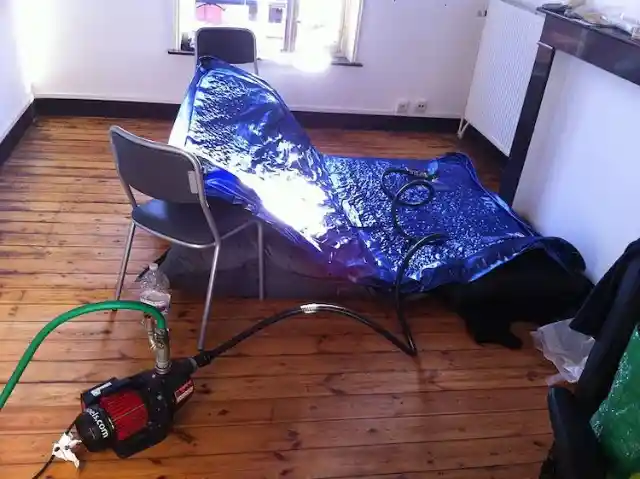
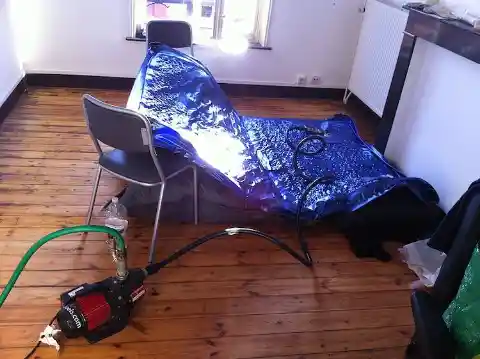
Similar to Dr. Arnott, Hall was attempting to create furniture that alleviated pressure points. He desired a more (ahem) fluid design that emphasized function over form. His independently derived version included a temperature-controlled device to use heat for muscle relaxation.
Hall began experimenting with models filled with cornstarch and gelatin. When the inevitable rotting of the food items occurred, Hall switched to water alone instead. When his final version was presented for his master’s thesis, it so impressed his classmates that they spent the entire night romping on it.
Hall arguably couldn’t have picked a better historical time to market his product. Vinyl, a more durable product to hold water, had been invented in the early 20th century. And the swinging sixties’ sexual revolution was in full swing. Hall intended the waterbed for medical use, or even for a restful night’s sleep. But instead of ditching their regular mattresses, customers were far more interested in purchasing units as “pleasure pits” for sexual exploits.
It’s Gone, And It’s Back, And It’s Gone Again
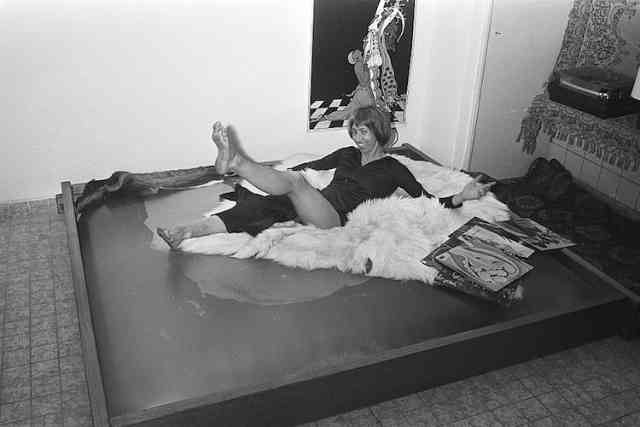
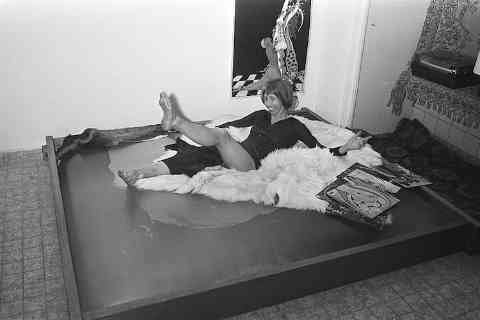
As the 1960s began declining into the ‘70s, so did waterbed sales. The maintenance issues soon overshadowed the novelty, and salesmen couldn’t give them away. As hippies started needing more room for expanding families, dedicating an extra room beyond the bedroom for sex became an ill-afforded luxury.
The 1980s brought a brief resurgence with a switch in marketing tactics toward selling them as replacements for normal mattress beds. For a short time, there was a fad-like explosion of popularity. But despite innovative ways to avoid leaks and designs to appeal to a new generation, the hassles again became too great to sustain popularity.
Sex Sells, But People Want Convenience More

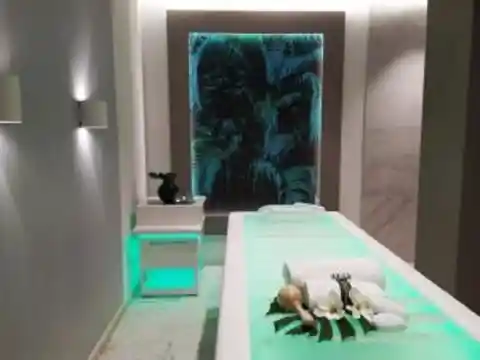
Rental apartments started banning waterbeds on upper floors. People got tired of stringing a water hose through a window to fill or top up the mattresses. One misplaced hand or foot on a weak spot could result in major flooding in the bedroom. And moving a waterbed was a complicated procedure of draining all the water out with an electric pump and disassembling the very heavy wood frames.
These and other hassles proved too much for the common consumer. There is still a niche market today. But for the most part, the waterbed has fallen out like many bad fads. But who knows? If fashions of the 1960s can find a resurrected market, maybe the waterbed will return entirely updated and become commonplace in our homes.